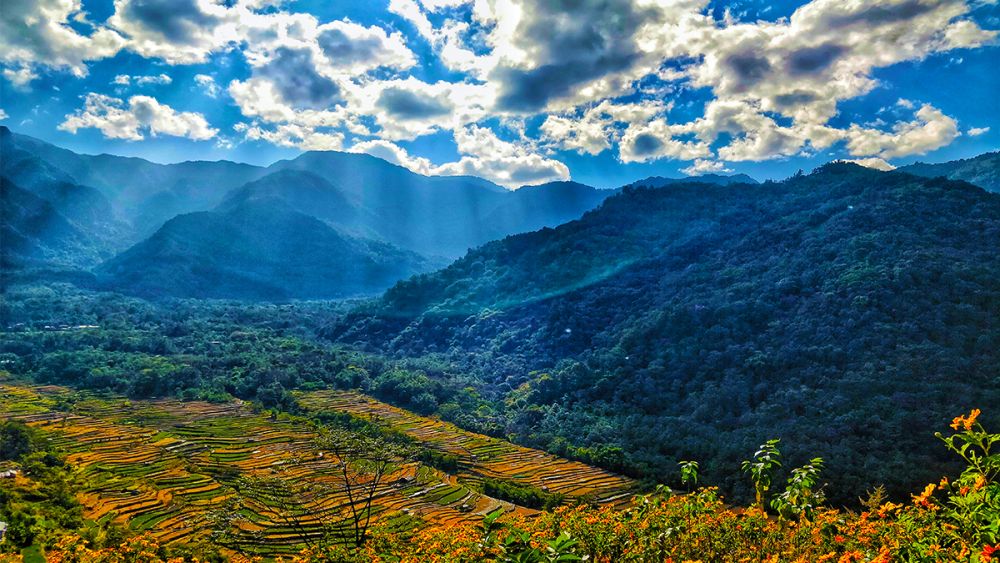

The picturesque village of Khonoma, nestled amidst the verdant hills of Nagaland's Kohima district, is renowned for its lush landscapes and rich cultural heritage. Often referred to as the 'green village', Khonoma is home to the Angami tribe and has been at the forefront of conservation and sustainability in the region.
Tourism in Khonoma began to gain prominence in the late 20th century as travelers and nature enthusiasts started exploring the Northeastern parts of India, searching for new experiences and cultural interactions. Recognizing the potential impact of tourism on their environment and culture, the villagers of Khonoma have been proactive in framing a unique form of tourism that aligns with their sustainable lifestyle.
An important milestone in the history of Khonoma's tourism was the establishment of the Khonoma Nature Conservation and Tragopan Sanctuary (KNCTS) in the year 1998. This sanctuary, which conserves a substantial area of its pristine forestland, has been a draw for eco-tourists and researchers alike. The initiative to protect their natural habitat from excessive hunting and logging has given rise to an eco-tourism model that benefits both the environment and the local community.
Visitors to Khonoma can observe the community’s commitment to conservation through their well-preserved practices, such as terrace farming and Alder-based jhum (shifting cultivation) which have minimal environmental impact. Traditional customs are still very much a part of everyday life in Khonoma, and tourism is carefully integrated to ensure it does not disturb the delicate social and ecological balance.
In recent years, there has been a rise in community-based tourism, with an increasing number of visitors looking for authentic experiences. Tourists are now more interested in engaging with local traditions, festivals, and cuisine. Homestays have become incredibly popular, allowing guests to live with local families and partake in their daily activities.
The concept of sustainable tourism is at the heart of all activities in Khonoma. Travelers are encouraged to be responsible tourists, minimizing their environmental footprint and respecting local customs and traditions. This approach to tourism ensures that visitors have a minimal negative impact on the environment while contributing positively to the community's economy and well-being.
Some of the major attractions that continue to draw tourists to this green haven include the serene beauty of its terraced fields, the historical fort remains that speak of the tribe's resistance against British colonial forces, and the rich biodiversity that thrives within the KNCTS. Moreover, Khonoma also serves as an ideal base for treks and exploration of the surrounding Naga hills.
Khonoma's journey in tourism is marked by a commitment to balancing cultural integrity and environmental sustainability with economic development. This continues to set a benchmark for communities worldwide, promoting the message that tourism, when done thoughtfully, can be a force for good.